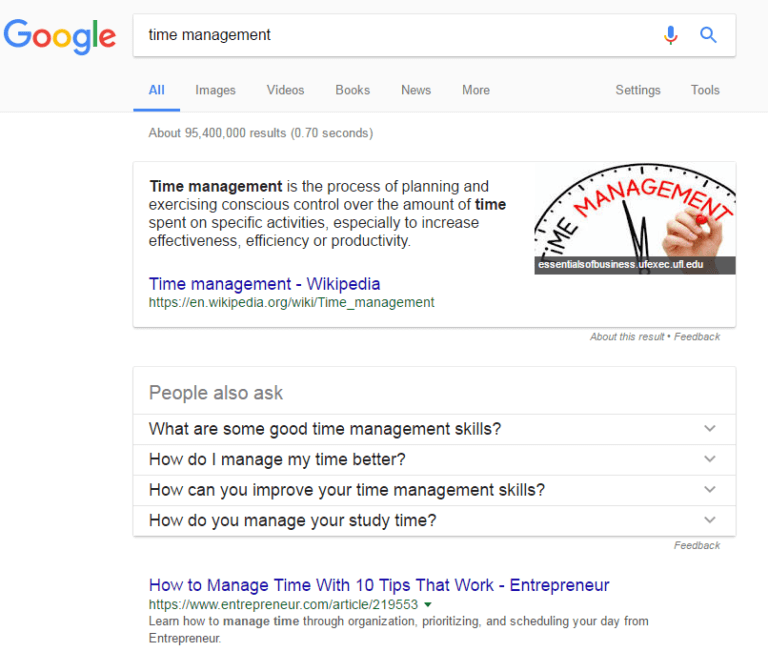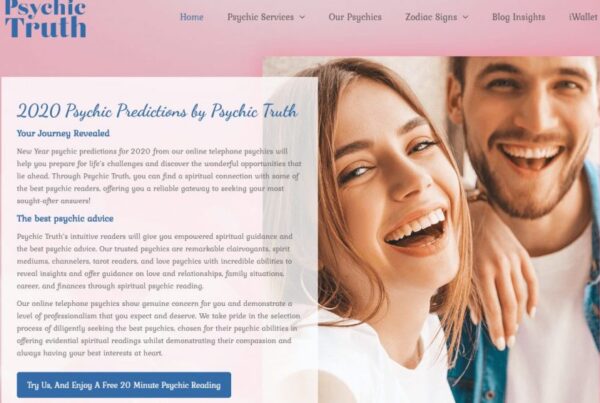
Semantic SEO provides better results based on the necessary content.
How to do SEO in 2017? There is no single, simple answer. Like most technologies, SEO is a complex and ever-changing concept. However, one idea that stands out from our research is the greater emphasis on semantic SEO. Semantic SEO is not a new concept, it has been around since 2004. Recently Google had updated its algorithm to cater to better search engine results.
What is Semantic SEO?
Before we go further, let us understand what semantic SEO means. Mashable provided a precise definition of the concept:
Semantic search uses artificial intelligence to understand the query’s intent and meaning rather than analysing keywords like a dictionary. When you use a semantic search, Google will dive into the relationship between those words, how they work together, and attempt to understand what those words mean.
Search algorithms have become intuitive enough to look beyond the keywords and the combination of phrases. For example, a Google search for at-home exercises also shows articles on fitness programs, home workouts, no-equipment workout, no-gym fitness, beginner’s exercises and other related items.
Semantic search is designed with a more humanistic approach. The search algorithm is smart enough to interpret the intent and context of search words and answer our queries the way people do. When we find restaurants, Google will not show us a Wikipedia or dictionary link for the word restaurant. Rather, it will display a list of restaurants near us – with a map and photographs if available.
The accuracy of semantic search is also evident in Google’s Did you mean function, which is displayed when we misspell a search word. For example, you type search engine. Google search will recognise the error and suggest an auto-correct: Did you mean: search engine.
Another example is the People also ask feature, where Google provides a list of topics related to the keyword we searched for. The list narrows down the topic, allowing Google to provide us with more accurate and relevant information.

How does Bureauserv leverage from semantic SEO?
Semantic search is shifting the focus from keywords and phrases to content relevance. Semantic SEO is about the user. The best way to take advantage of this trend is to create content that users are looking for and deliver it in the language they use when searching online.
By creating content that is relevant and appropriate to the search engine’s algorithm, Bureauserv can make the client’s web presence at a good searchable rank. This means that search engines can pick up the data created by Bureauserv a lot faster compared to data from other websites. And since Bureauserv follows the Google guideline on how to better SEO results, our clients can expect top search engine results from our work.
Listed are a protocol that Bureauserv follows to provide a better search engine result:
- Provide original and concise content (text and image)
- Follow proper design for a responsive website
- Satisfy Yoast SEO to ensure readability and SEO competence
- Provide and improve metadata tags
- Continuously improve content (text and image)
Check out our SEO tag to learn more about SEO and how it can contribute to your business.




